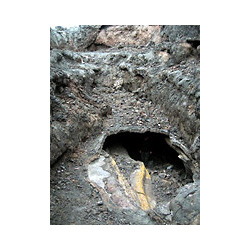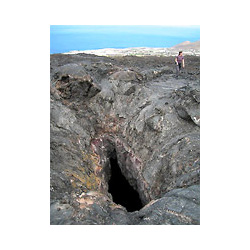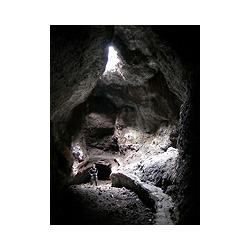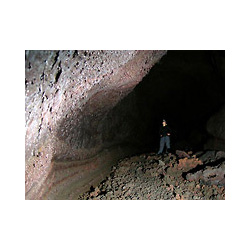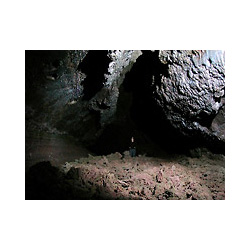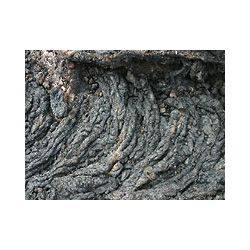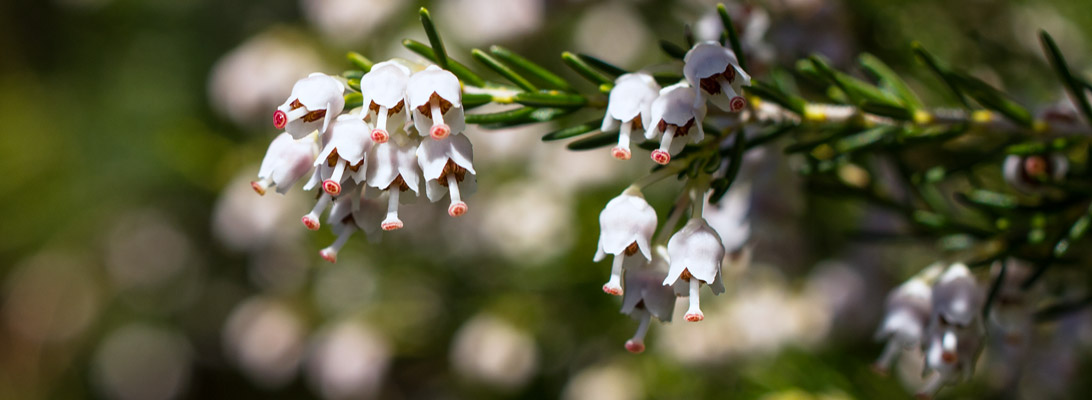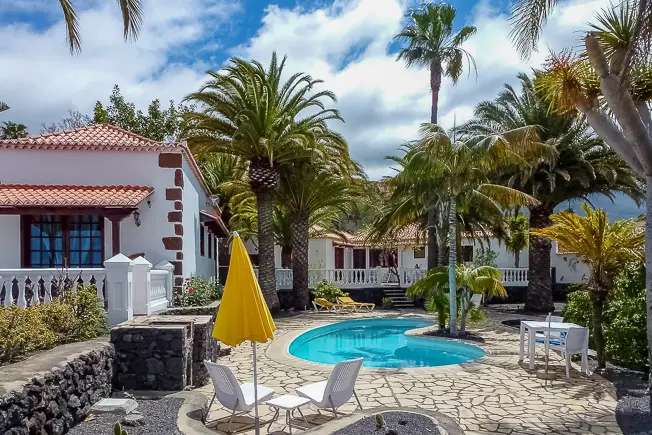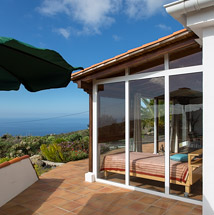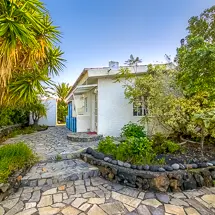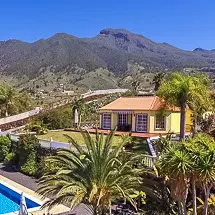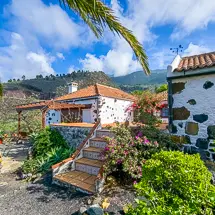The "Cueva de Todoque" (Cave of Todoque) is located in the lava field on the road from Todoque to Las Manchas and was only created in 1949 by the eruption of the volcano San Juan. Among the inhabitants of Las Manchas it is also called "Cueva de las Palomas" (Cave of the Pigeons) and is the most famous and most visited cave of La Palma.
Essentially, the Todoque cave consists of an east-west lava tube of about 600 meters in length. The cave has openings to the surface in ten different places, but most of them are vertical and inaccessible. Its entrance is in a depression in the middle to the west, so that the cave extends from here in both directions.
Sharp-edged lava on the cave floor
The corridor to the west is at first more comfortable to walk on than the eastern part. Right at the beginning, you cross a large shaft opening, which is also used by pigeons for entry. In the rear areas, the passage to the west is sometimes too low to walk. The floor of the corridor consists of lava of the type "Aa", originally cooler and thus very viscous lava, whose crust breaks when moving and leaves a surface with sharp-edged, unevenly formed lumps, which are often firmly fused with the ground and carry a certain risk of injury.
Pāhoehoe lava in the cave
In addition, the lava of the "knitted lava" or "pahoehoe" type also occurs, which was originally very hot and thin and leaves a smooth, cushion-shaped surface. Also at the surface of the lava field of Todoque, this is a frequently occurring lava form.
The walls partly show drip-stone-like lava forms. In the western areas, the walls and ceiling are also covered with white crystals. The western endpoint of the passage was created during road construction.
There are also accesses to a second part of the cave, called "Cueva de Todoque II" and 154 m long.
Thin cave ceiling and sharp-edged camber
The floor of the corridor extending from the entrance to the east is somewhat less spacious overall and has smaller daylight openings. The ceiling of the cave is only a few centimeters thick, which should be noted when walking around on the surface. More often than in the western part "knitted lava" or transitional forms to this occur here. In the rearmost eastern areas, the ground is characterized by a sharp-edged fall that has to be crawled through.
To protect the cave, an access restriction has been introduced, as the sensitive volcanic tube is very endangered by the growing number of visitors. More than 15 visitors should not be in the cave at the same time. Visitors are asked to be very careful not to damage or contribute to the destruction of this particular natural phenomenon.
Source: Grebe, Witold (2010): Lavahöhlen auf La Palma - Die Cueva de Todoque und andere Höhlen. Speläologisches Jahrbuch - Verein für Höhlenkunde in Westfalen 2008-2009 - ISSN 0948-1443 - S. 67-74, 25 Abb.: (Speläogruppe Letmathe) Iserlohn
Photos: By courtesy of the author







